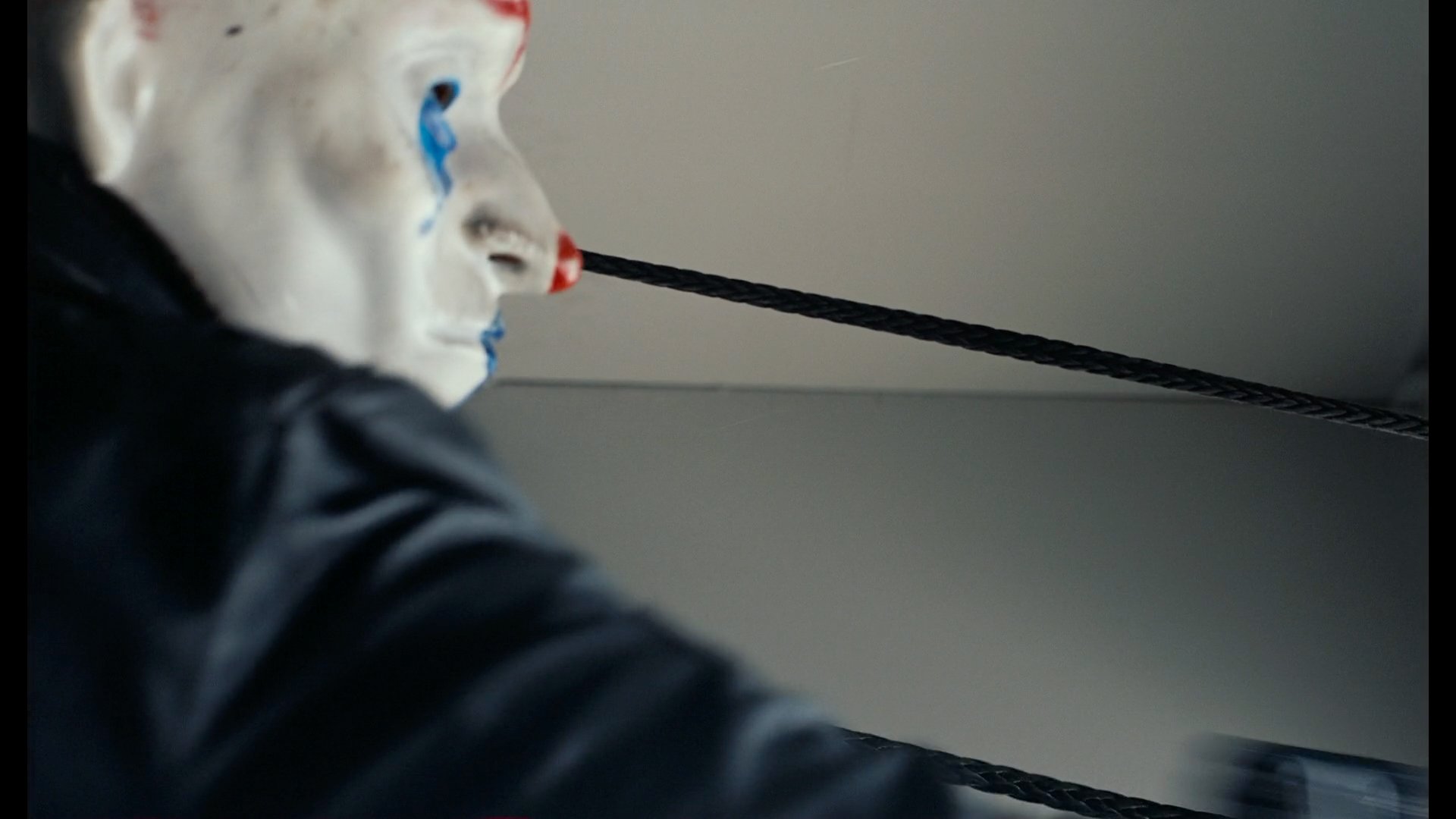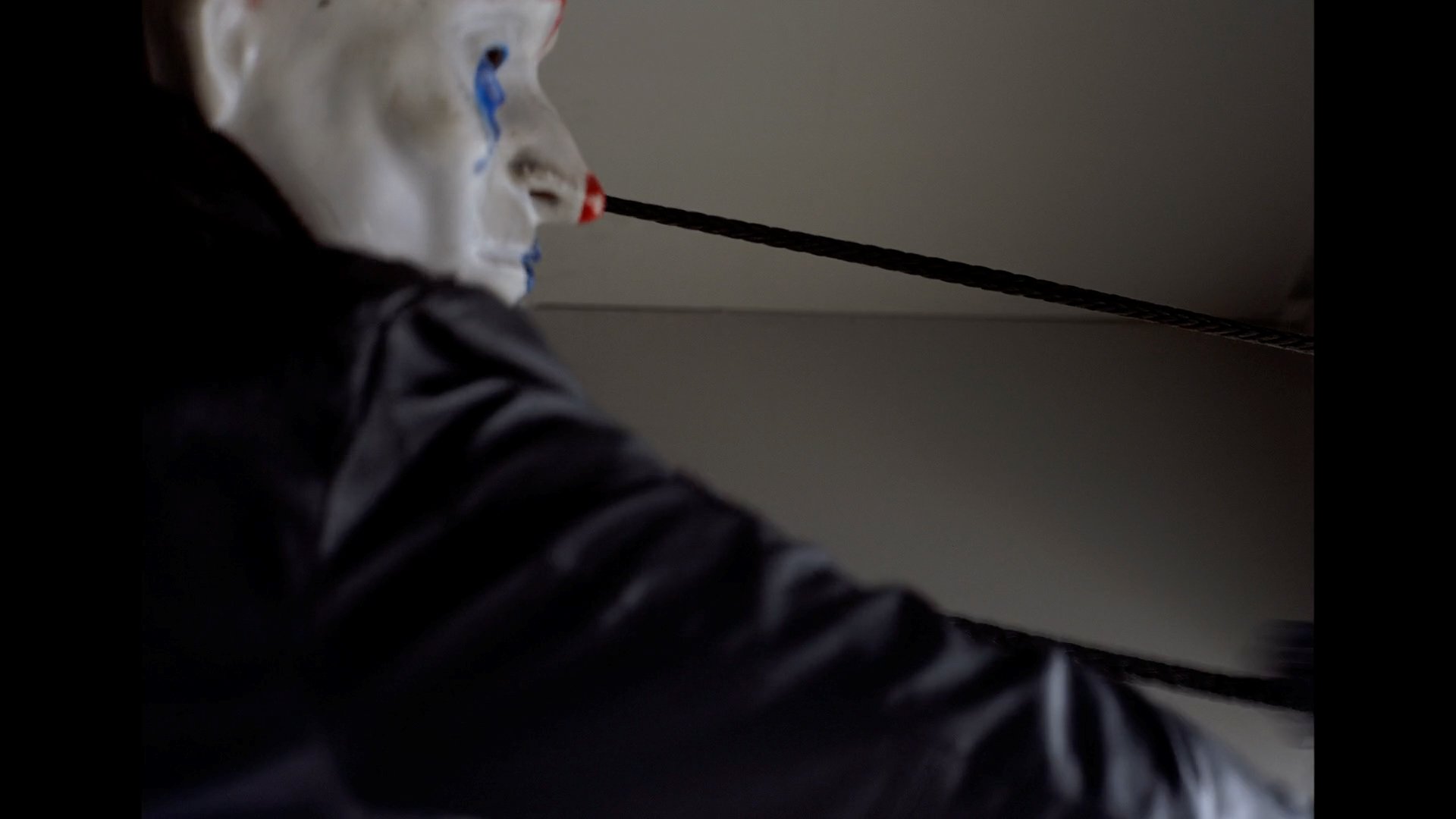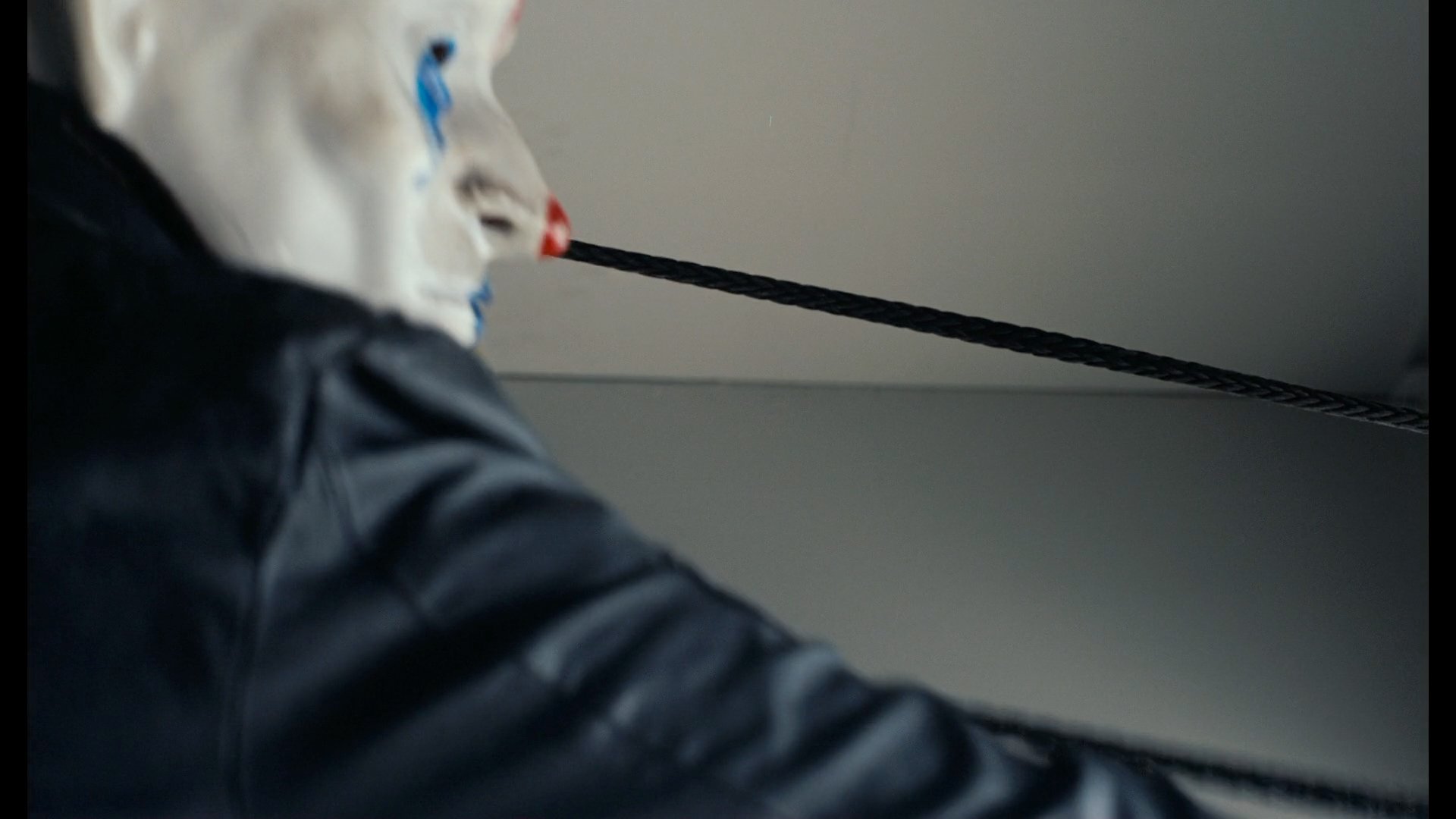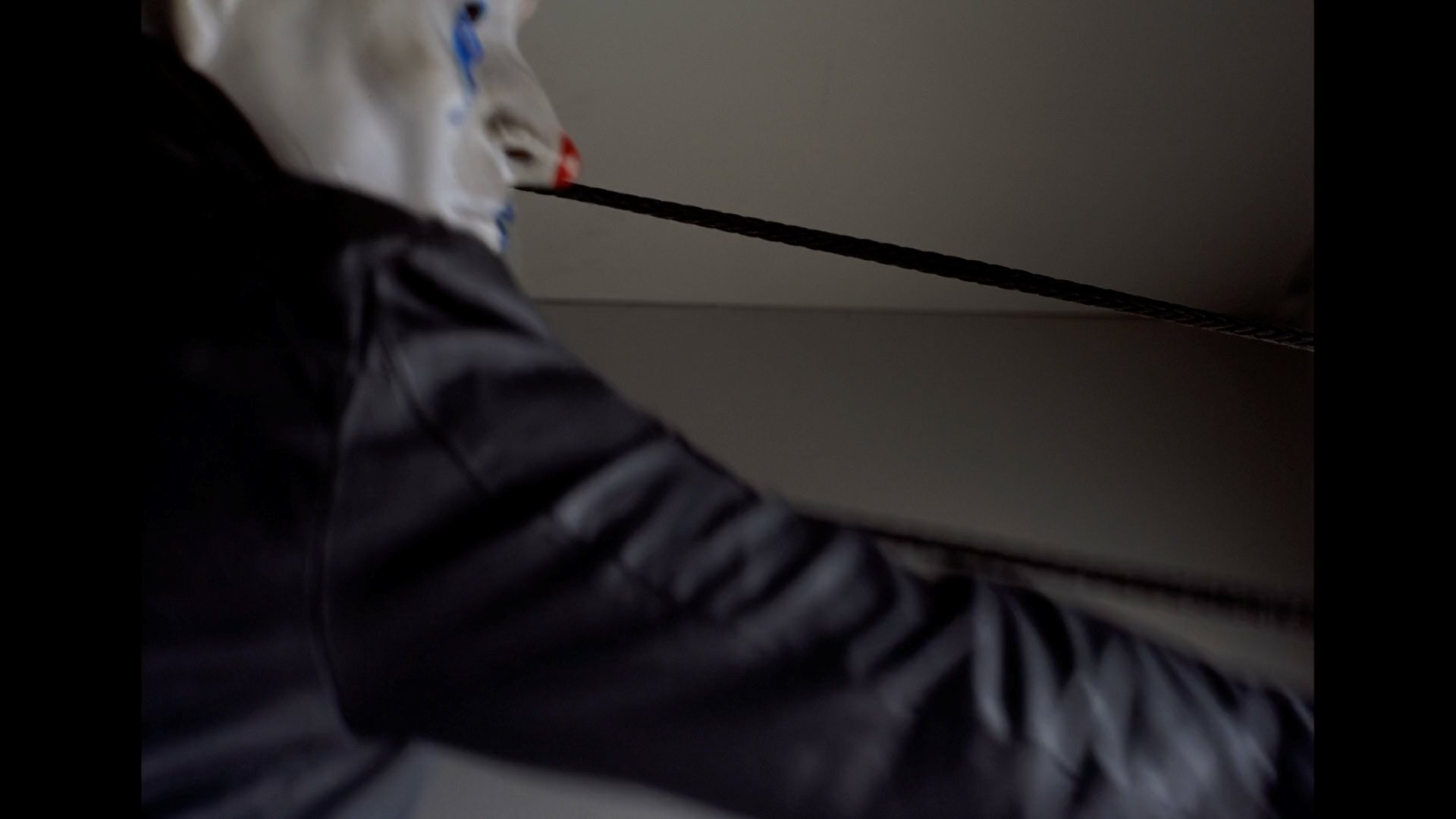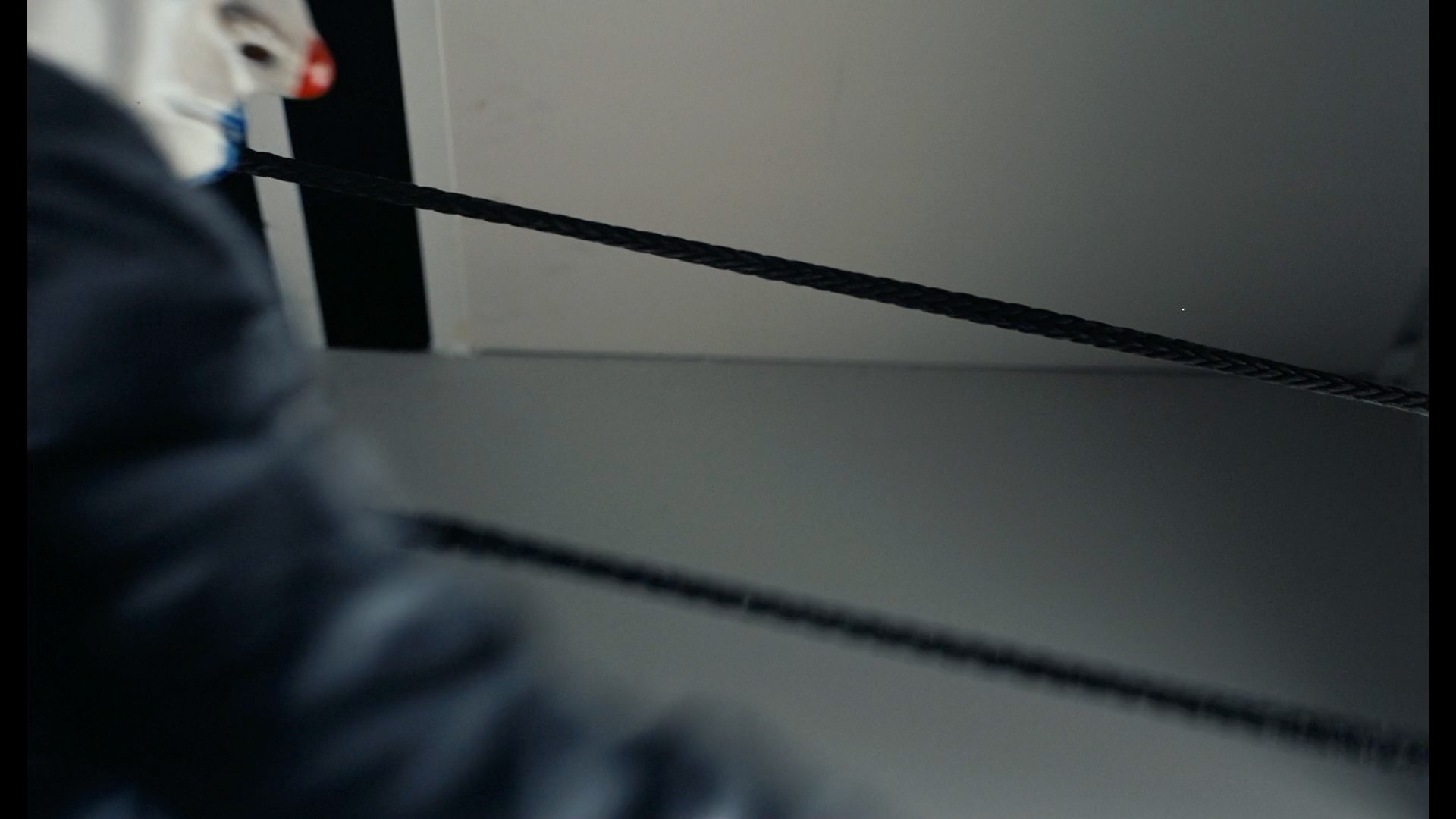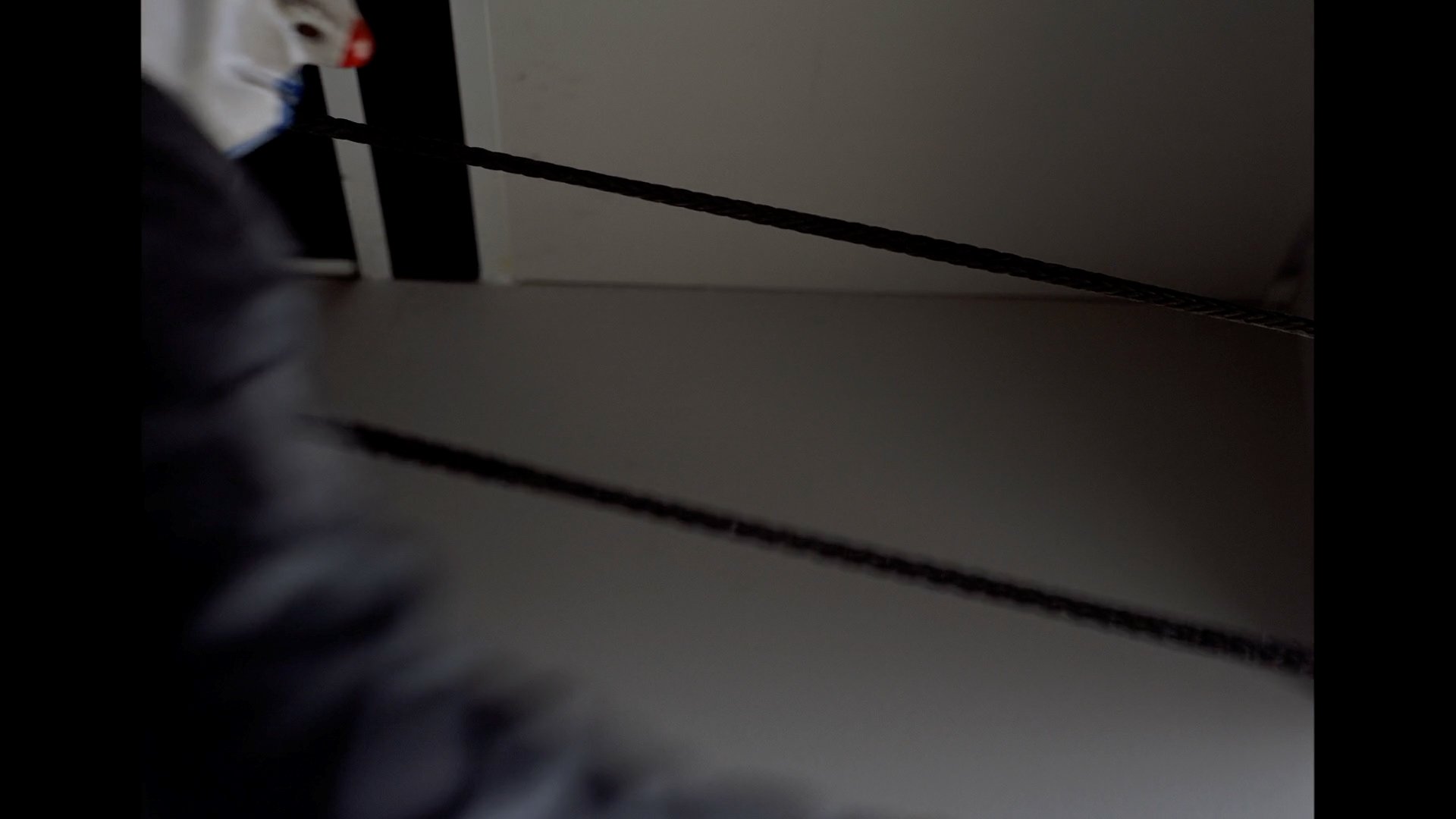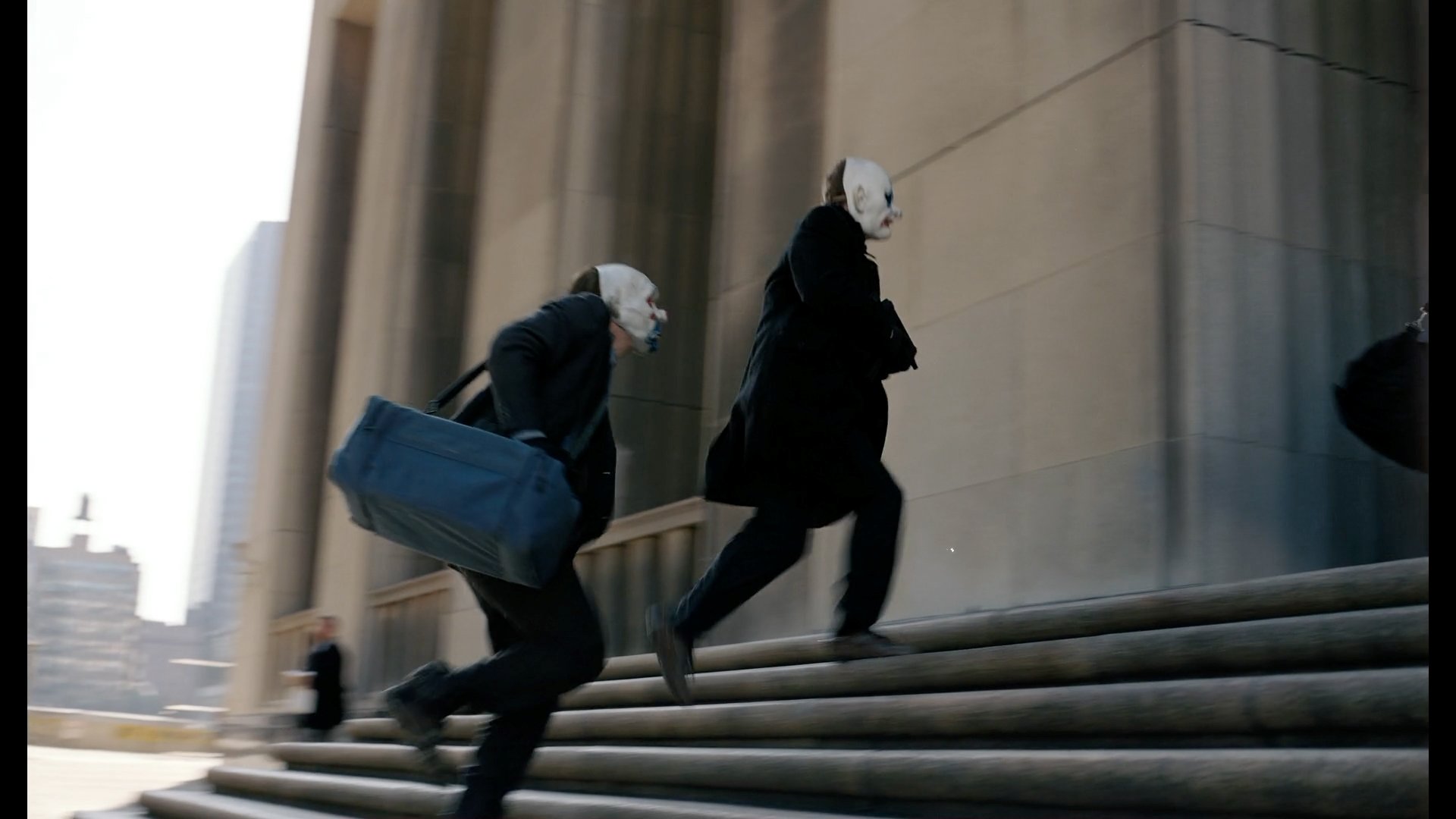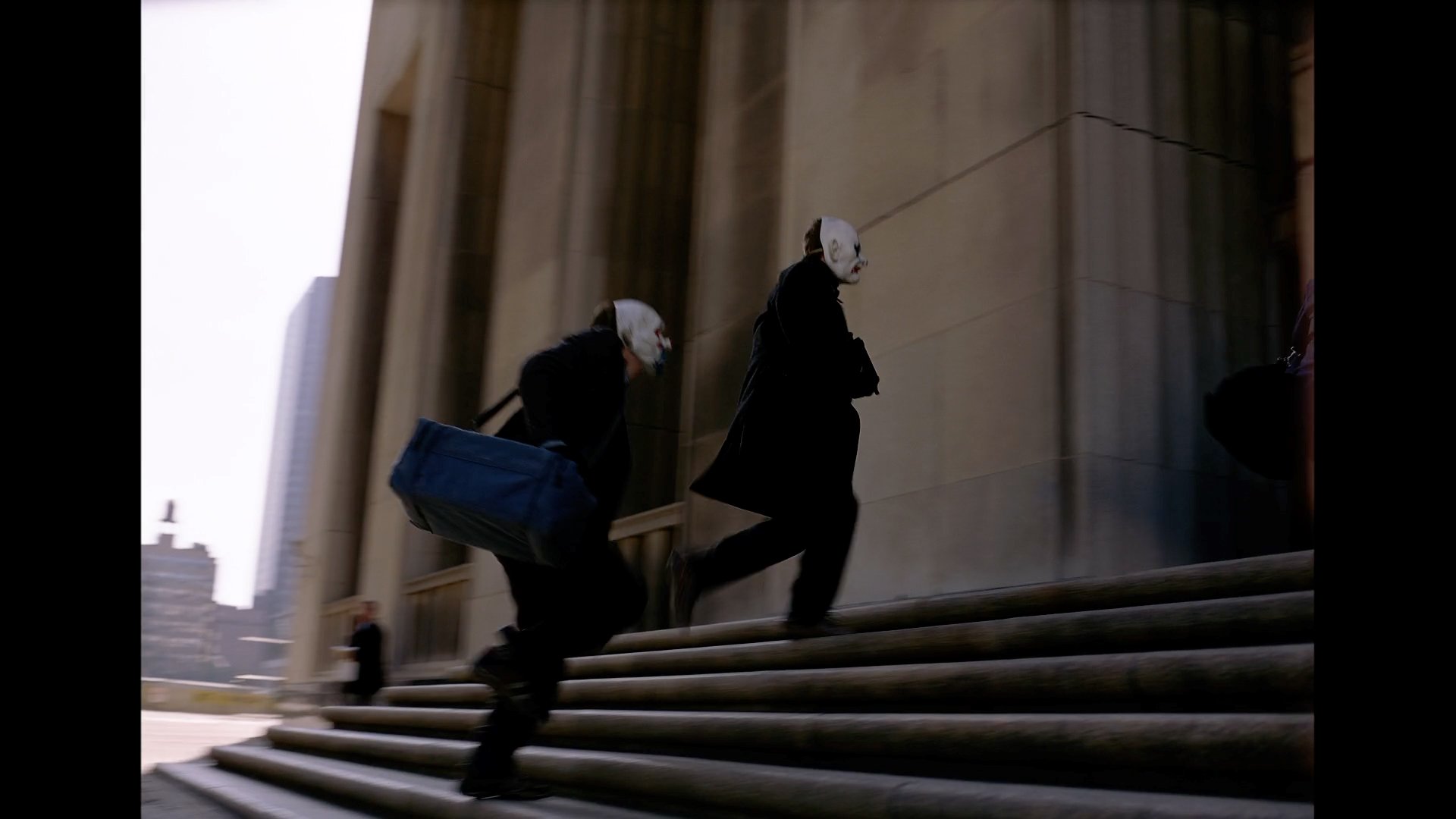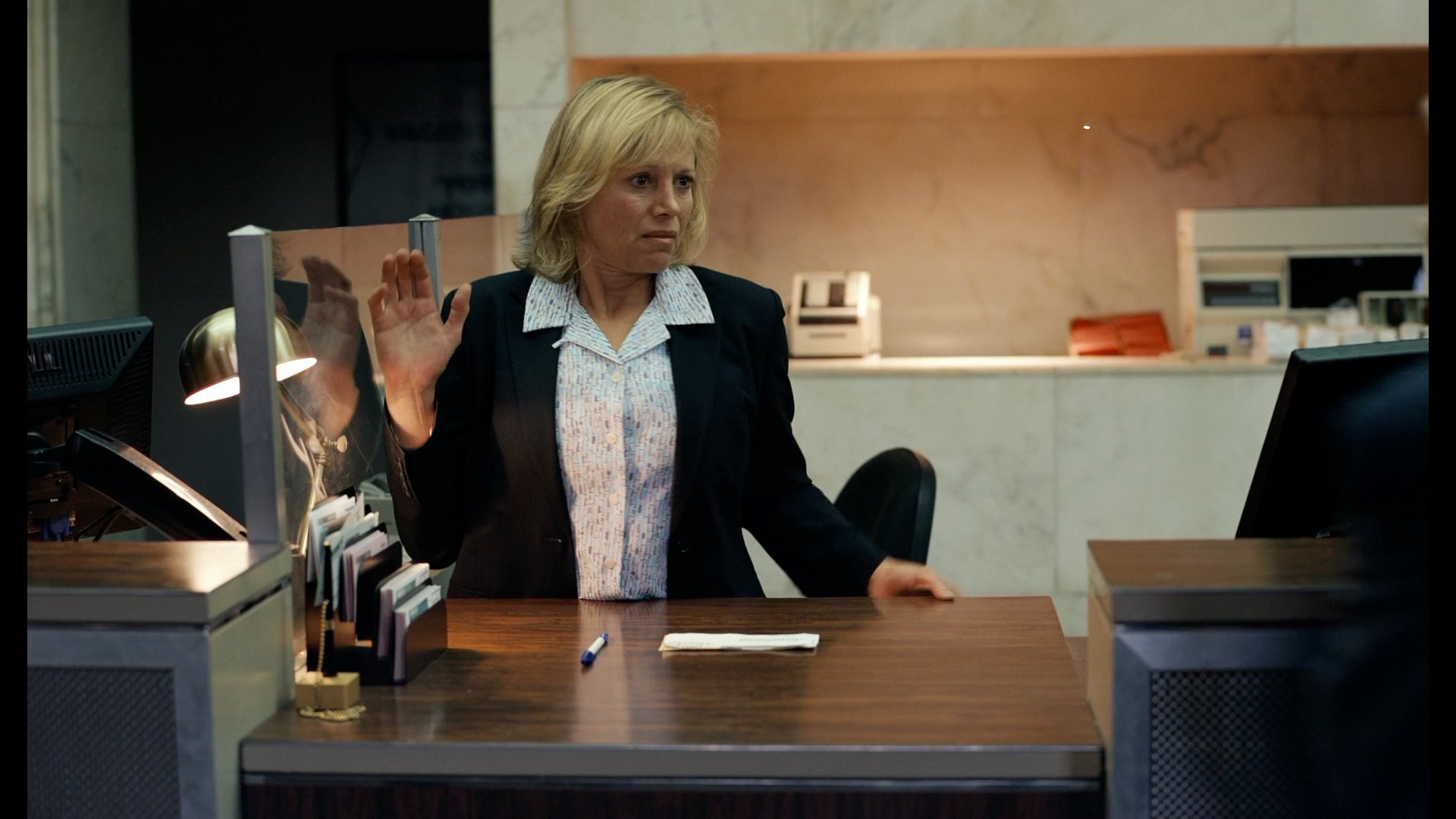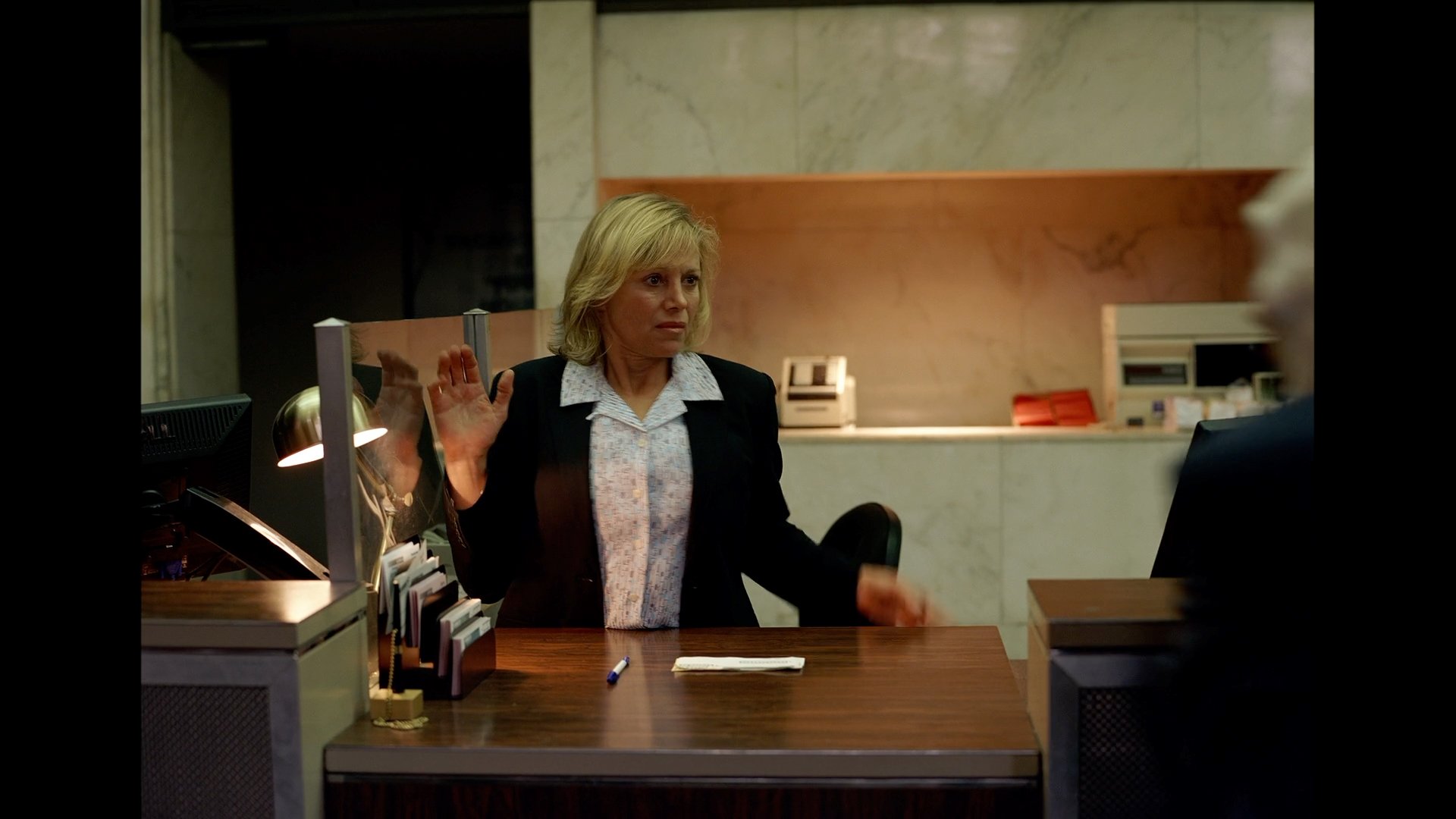Comparing THE DARK KNIGHT IMAX Prologue
I recently (finally) picked up the 4K Blu-ray boxset of The Dark Knight Trilogy, and for whatever reason last night I decided to throw on the special features discs for Batman Begins. I was immediately blown away by how good it looked on the big screen, but something stuck out to me: it looked… different.
This didn’t entirely surprise me. After all, it’s a pretty well known fact that home video releases differ from their theatrical releases, especially when it comes to their colour grade. And I knew the IMAX portions of The Dark Knight existed in a few different versions and formats, so I wasn’t entirely surprised that it didn’t quite look how I remembered. But it got me wondering, “just how different is it”? So I had to find out.
I spent the next few hours ripping/converting my various copies of the film to digital files so I could do some comparisons. I took the IMAX Prologue from the Batman Begins bonus disc (the original release featured all the special features on the same disc, so I opted for this new stand-alone disc figuring the bitrate might be higher), the Prologue included in the Dark Knight Trilogy Ultimate Collectors Edition (described as, “The second film's six IMAX segments, newly remastered and presented in their entirety at their original IMAX 1.43 aspect ratio.”), and finally from the Dark Knight blu-ray (the one included in the Ultimate Collectors Edition, which was just a repackaging of the original blu-ray release). For good measure, I also ripped the standard blu-ray included with the 4K release of The Dark Knight, but it appeared to be (as far as I can tell) identical to the original blu-ray release, so I didn’t bother including it.
Here are the results.
Let’s start with the iconic reveal of The Joker. Here are the three versions of this shot (click to enlarge).
Batman Begins blu-ray
Ultimate Collectors Edition blu-ray
The Dark Knight blu-ray
What should be immediately apparent is the differing aspect ratios. The Batman Begins prologue presents the image in a 1.80:1 ratio, while the Ultimate Collectors Edition uses what it claims to be the “original 1.43:1 IMAX ratio”, and the Dark Knight blu-ray expands the image to fill a standard widescreen television at a ratio of 1.78:1. As far as I can tell the UCE and Dark Knight images are identical, apart from their framing/cropping.
But the other thing that you might notice is a considerably different colour grade. The Batman Begins image is slightly more saturated, a little less contrasty, and has a slight push to a more golden hue. The UCE and Dark Knight versions appear to feature the same grade, which is slightly more neutral (though shifted a bit to the pink side of things), and has a bit more contrast (notice the lack of shadow detail on Joker’s jacket compared to the Batman Begins image).
I also find the framing choices to be interesting: in the 1.80:1 Batman Begins version, we see all of The Joker in the frame. However in the 1.78:1 Dark Knight framing he’s cut off at the ankles. Despite this, I think this is much stronger image composition. There are other examples of this in the sequence but this one stood out to me.
But wait, there’s more…
The thing that actually first tipped me off that the Batman Begins prologue was different from what I was used to seeing was the presence of dirt and hairs on the image. The below animation shows three prominent instances (click to enlarge)
When comparing the Batman Begins blu-ray to the Ultimate Collectors Edition version, you can see the UCE does not feature any of these dirt/dust/hairs.
Going back to the issue of differing colour grades, let’s take a look at the first time we see the bank vault.
Batman Begins blu-ray
Ultimate Collectors Edition blu-ray
The Dark Knight blu-ray
Again, apart from the differing aspect ratios, the thing that should be immediately apparent is the different colour grades. The Batman Begins prologue is much more saturated, and very cool (blue). The UCE and Dark Knight discs still have a slight coolness to them but it is much less heavy handed. Weirdly, this time it seems like the shot is less contrasty in the UCE and Dark Knight version, compared to the Batman Begins version.
Let’s head back outside…
Batman Begins blu-ray
Ultimate Collectors Edition blu-ray
The Dark Knight blu-ray
The differences are a bit more subtle here, but there’s still a bit of a cyan/yellow tint to the Batman Begins version.
Jumping back inside, let’s take a look at the reveal of Joker’s face.
Batman Begins blu-ray
Ultimate Collectors Edition blu-ray
The Dark Knight blu-ray
Here’s another instance where you can really notice the framing/cropping of the image. Not so much how it’s different between the Batman Begins and The Dark Knight discs, but how it was clearly framed for that 1.43:1 IMAX frame, and that when it gets cropped in either BB/TDK discs you start to awkwardly lose some of the face. It’s less noticeable in situ watching the film, but really noticeable when compared side by side here.
And what about that dirt and dust? Here’s a few more examples where you can see dirt/dust/hairs on the Batman Begins print, but not in the UCE print.
So what exactly is going on here? The Batman Begins IMAX Prologue is without question a different source than the versions on the other discs. It has a completely different grade, and contains instances of dirt, dust, or hairs that either weren’t in the other versions or were digitally erased for the final home video release.
However, apart from this, there appears to be no other major differences. The edits are identical, and while it’s possible the sound mixes might be different, if they were I didn’t really notice.
There is one minor difference though. The opening logos are different in the Batman Begins prologue; superimposed over the flaming bat, and for whatever reason have some extreme letter boxing going on (this was actually the first thing I noticed when the sequence began).
As for which one I prefer? I think I prefer the contrast on the Batman Begins version. I also like the presence of the dirt and dust; it gives a little more life to everything. And if I’m being totally honest I also kind of prefer the colour of it as well (maybe it’s a little too green at times, but I find the other versions to be a bit too pink), though I realize the UCE/Dark Knight disc might be more accurate.
Though that’s the real question isn’t it? Which version is more true to the original theatrical presentation? That one I cannot answer. But maybe you can? Sound off in the comments. The 4K disc (which I unfortunately cannot easily compare to) was, according to Blu-ray.com, “derived from an interpositive, at Christopher Nolan's express instruction and contrary to Warner's standard policy” and “color corrected and HDR graded under the director's supervision” so in theory it should be as close to the theatrical presentation as we’re going to get, assuming Nolan didn’t then tinker with it too much during the HDR grading. Again, if you know anything more, please get in touch.
And for those of you who want to compare the images yourself with absolutely no added compression (beyond the compression I had to do to get the images off the disc to begin with), I’ve uploaded all the original TIFF files I extracted with Final Cut Pro for you here.
Update Mar. 31, 2023: Based on multiple people’s reports that the 4K UHD disc is closer to the Batman Begins version of the prologue, so I popped it in to check. I can’t do a true comparison because I can’t rip the disc, but as far as I can tell they’re right. Much more saturated; blue/yellow push. I’ve also received reports that the BB/4K master is very close to the original DVD screener’s look (obviously at much higher resolution), and that screener was an HD Telecine taken from a print, so represents a very close match to what was seen theatrically. Nolan himself oversaw the 4K master, scanned directly from an interpolative. As such, it seems like this is the definitive version moving forward (also it really does look incredible. Be sure to pick this up if you get a chance).
Update Apr. 5, 2023: It appears iTunes has the upgrade 4K master as well, so if you don’t have a 4K blu-ray player, but want the updated colour timing used for the 4K master, grab the film on iTunes. Even if you don’t have 4K capabilities the HD master should be a down-scale of the 4K version, meaning you’ll get the proper colour timing.
If you have a 4K capable playback device (4K Apple TV, or an iOS device that supports 4K/HDR) The iTunes version also feature Dolby Vision, while the physical disc only features HDR 10 so you might have a slightly different HDR experience (my Dolby Vision experience has been mixed at best, so I won’t say if this is an positive or negative).
Of course, the major downside (or perhaps upside depending on your opinion) of the iTunes version is consistent aspect ratio; the IMAX scenes are all cropped to 2.40:1


